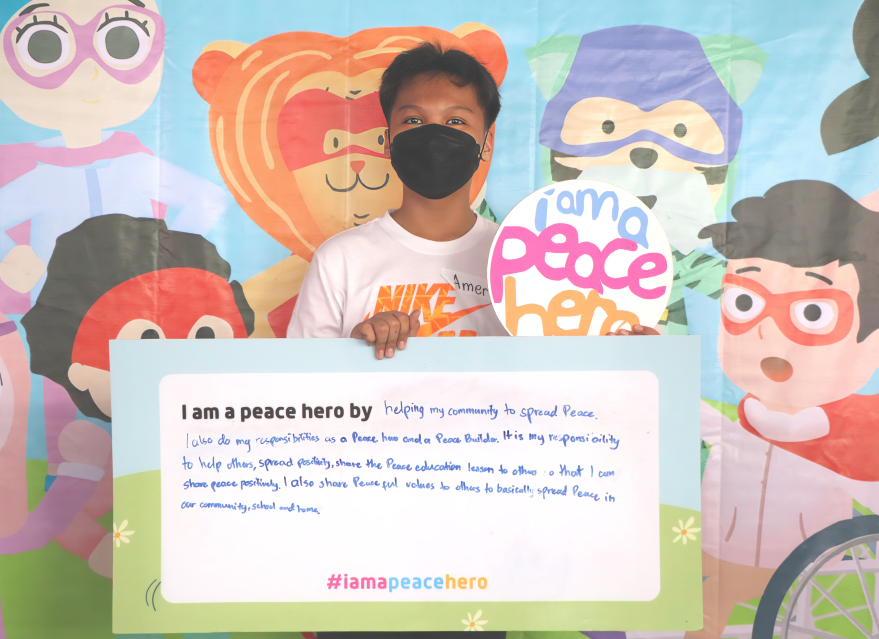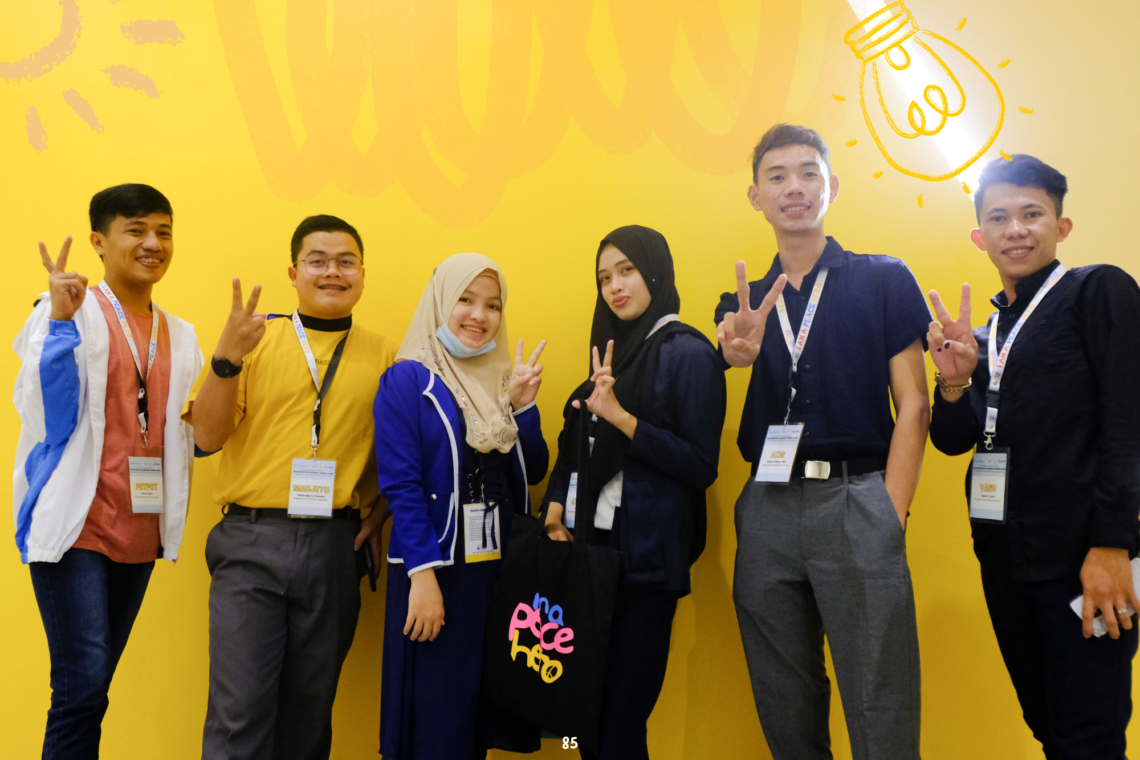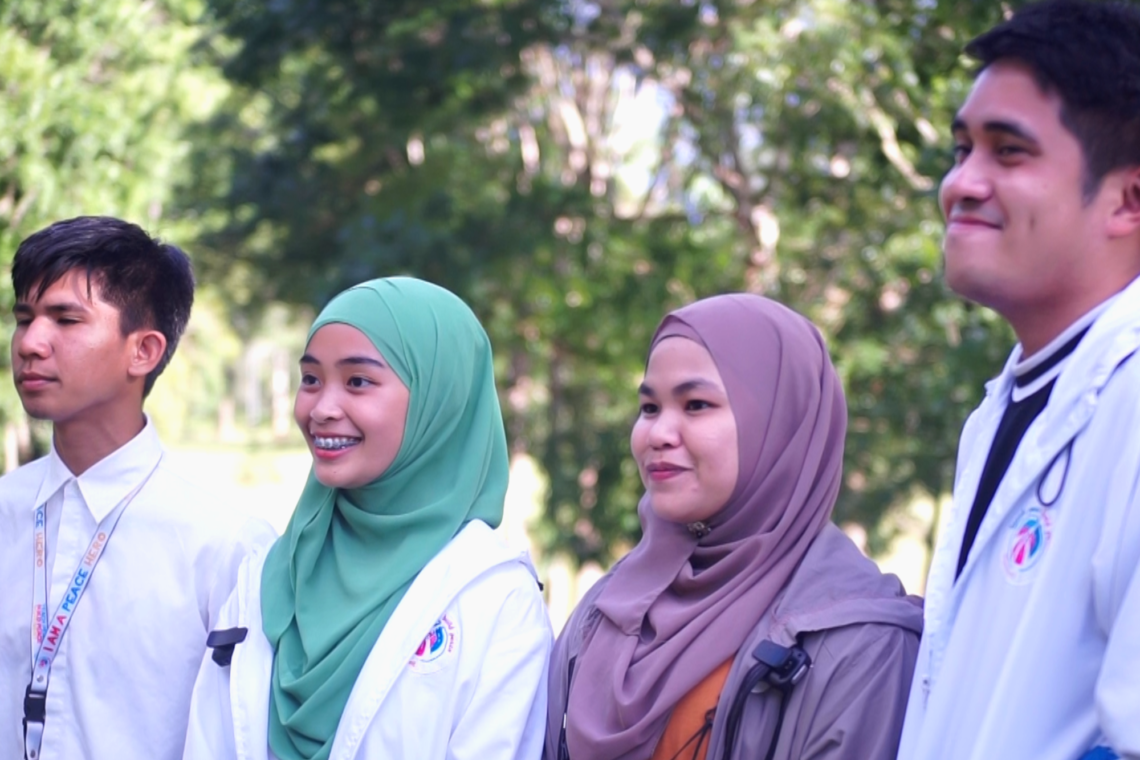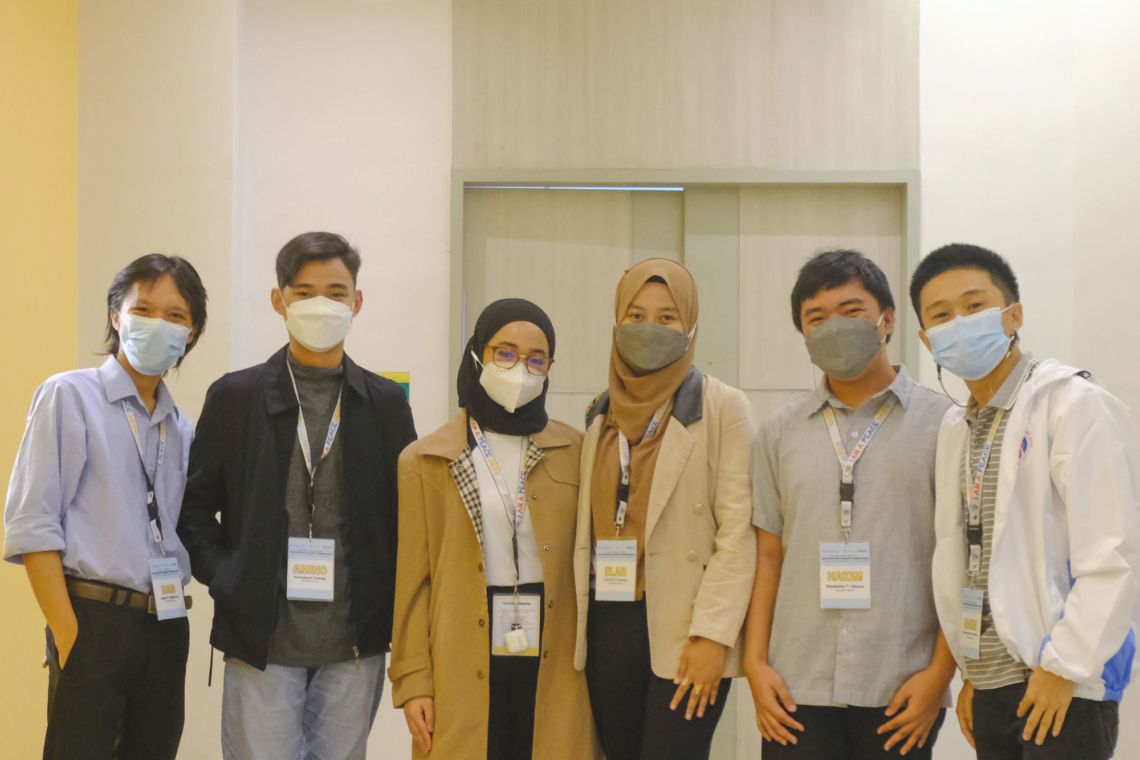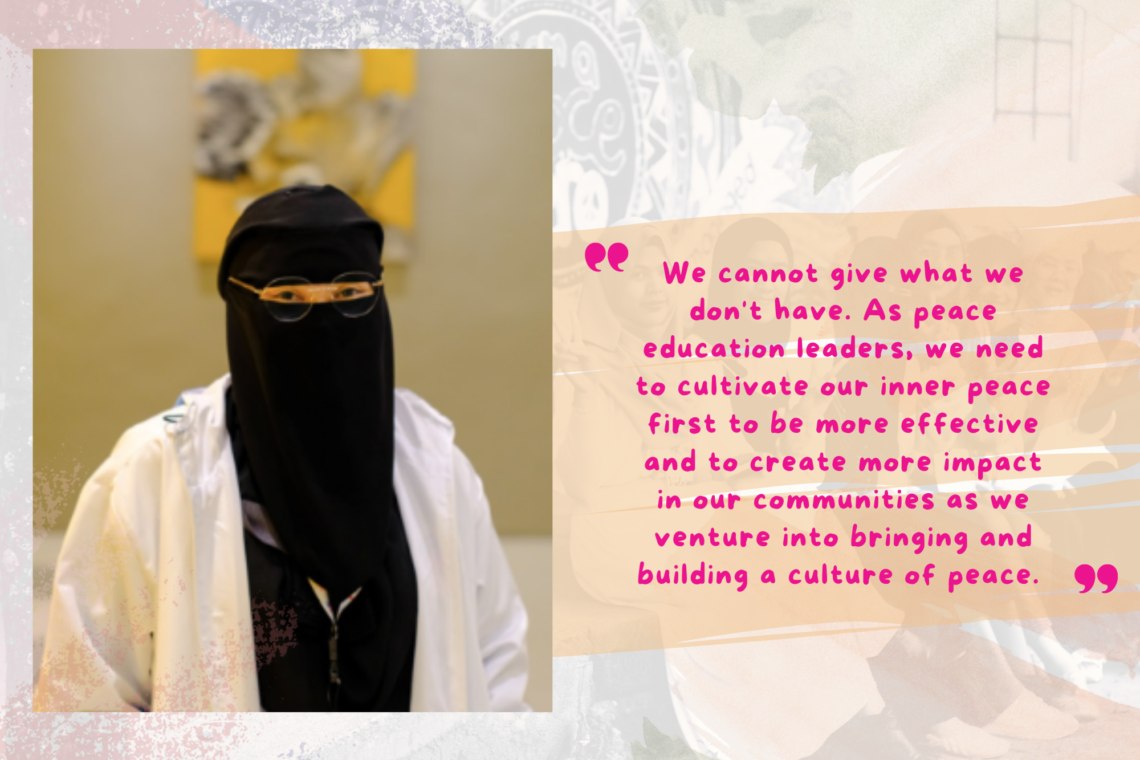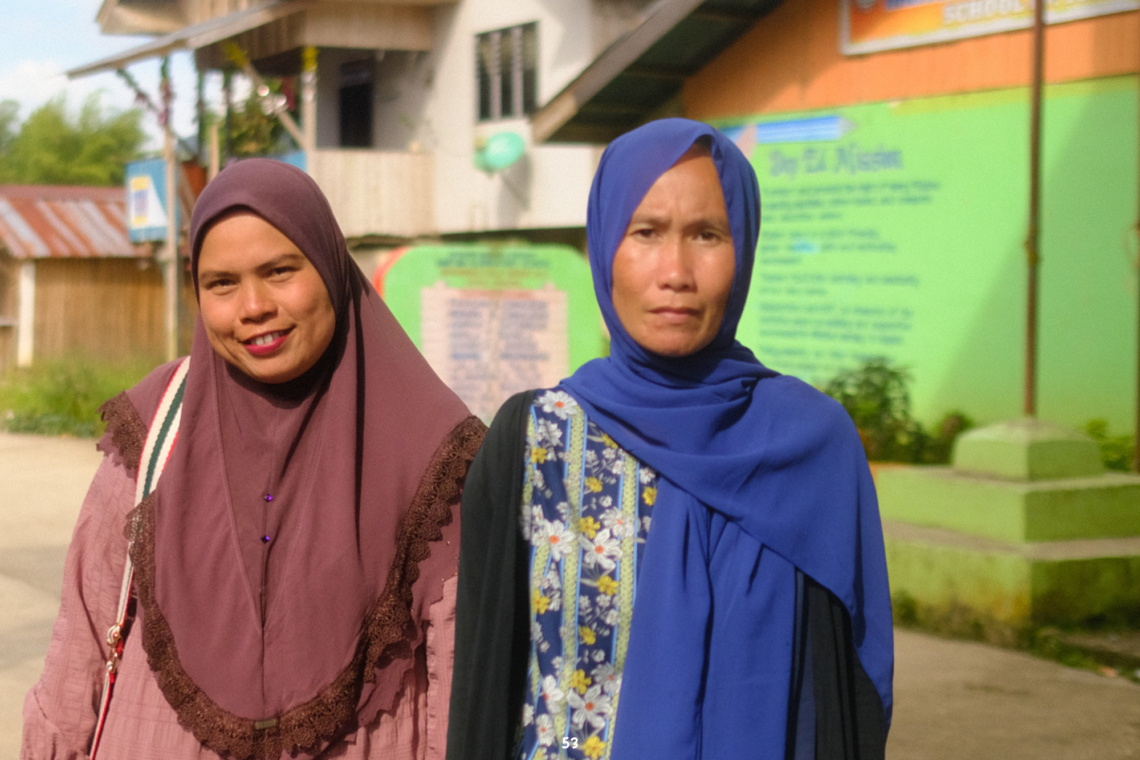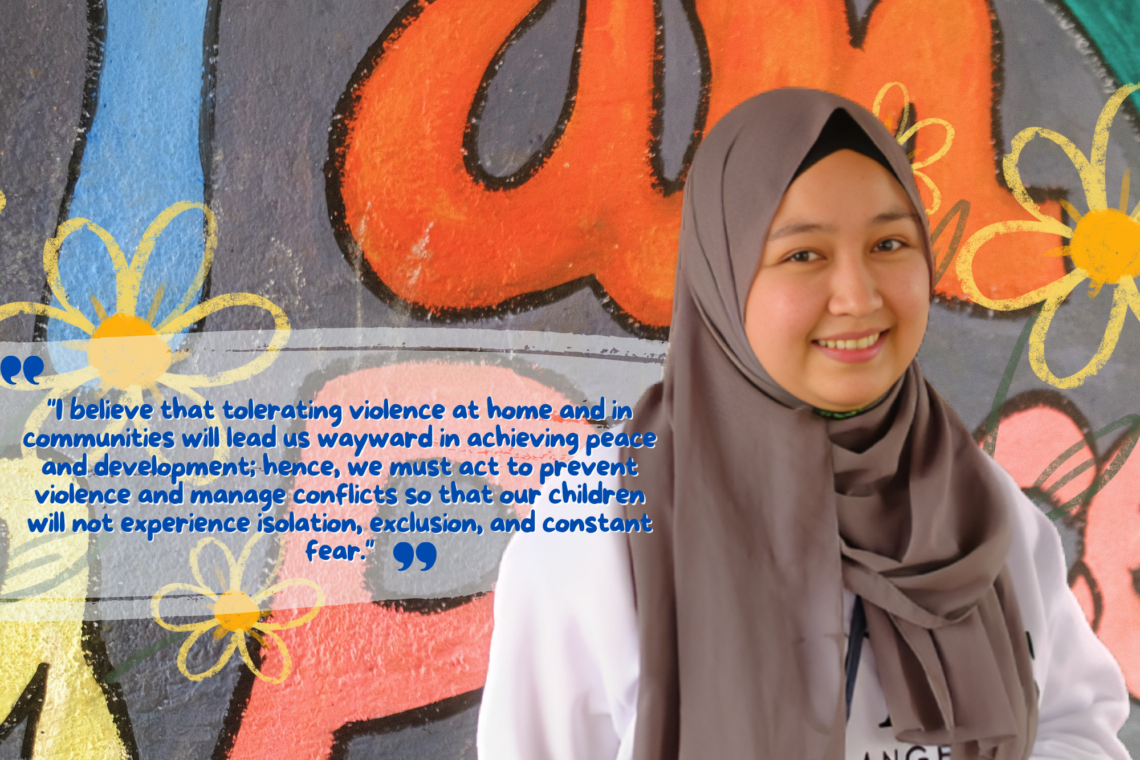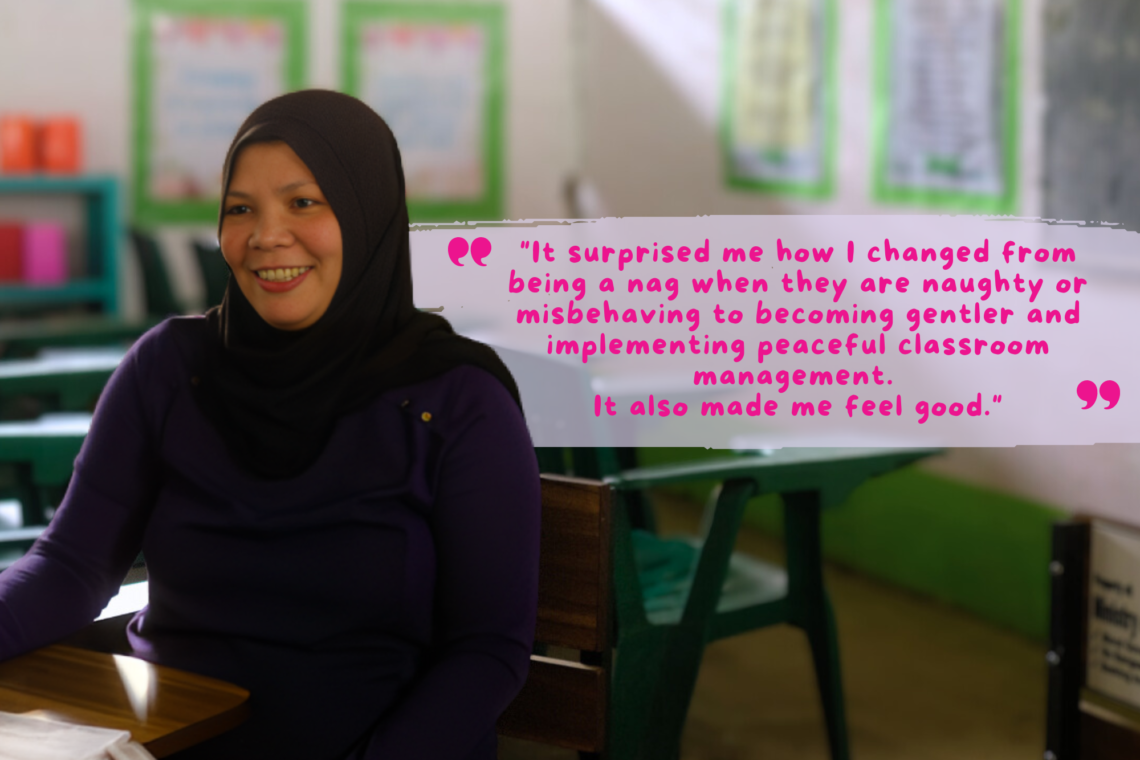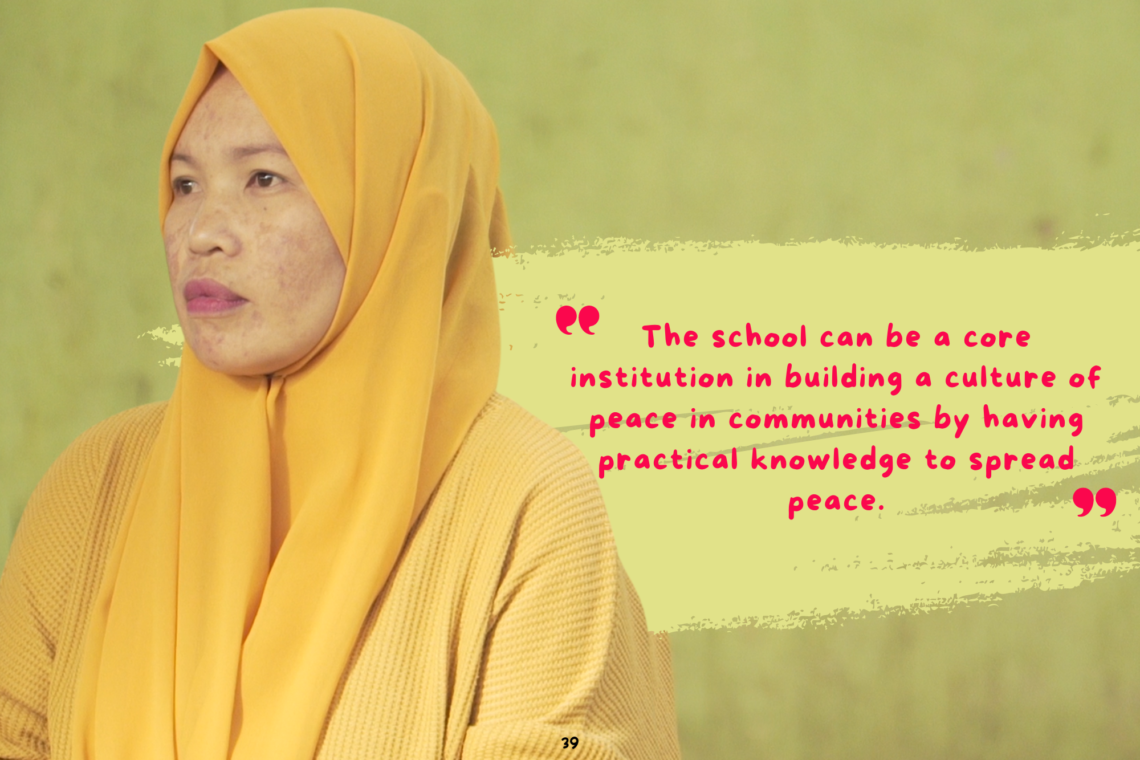Amer Kuday is a 13-year-old boy currently studying in Taguig, Metro Manila. He is Maguindanaoan and a proud and devoted Muslim. He was born in Jeddah, Saudi Arabia, but was raised in Southern Philippines. Amer’s father has told him countless stories of the war that he has lived through, stories of young children holding weapons because, for them, it was the only way to defend or protect themselves. Amer dreamed and he thought, “Paano ko kaya sila matutulungan?”
Amer’s father relocated them to Maharlika Village, Taguig, Metro Manila’s most prominent Muslim community, to protect his family and secure a better life.
Little did he know that his son would still be haunted by the war they so desperately ran away from.
Before, Amer was bullied by his classmates.
You are from Mindanao, right? You’re poor. What do you even know?
(Galing ka ng Mindanao di ba? Mahirap lang kayo. Ano ba’ng alam mo?)
Prejudice branded Amer as poor and needy despite being from a family of enough means and ignorant despite being able to attend school. It was a struggle for him, constantly dreading what his classmates would think, see, and say about him.
Amer thought he would never make friends; Lagi siyang nahihiya, kinakabahan at natatakot. The bullying extended to his religious beliefs. At the time of the siege of Marawi City in 2017, Amer experienced the worst of it all. His classmates made him feel like he was a bad person. “Galing ka ng Mindanao di ba? Marami kayong mga Muslim doon, di ba? Masasama ang mga tao doon. Nakakatakot sa lugar ninyo.”
You are from Mindanao, right? Most of you are Muslims, right? Your place is so scary; most of you are terrorists.
To cope, Amer kept repeating that he did not participate in the siege, that his family was not part of it, he was not part of it. He could not understand why his classmates and neighbors also thought of him and his family as a perpetrator. It was all over the news, his Facebook feed, and other social media pages. He kept wondering why people were doing this to them when all his family ever wanted was to be away from the war happening in their hometown.
Knowing what it feels like to be bullied and discriminated against and feeling helpless and hopeless. Amer became interested in the Peace Heroes Formation Program of the Teach Peace Build Peace Movement (TPBPM). This program was introduced at his school in October 2021. At first, Amer only wanted to be in a quiet space, away from his classmates who bullied him and far from those who looked down on him and his fellow Muslims. The isolation was what he thought peace to be.
But, the program gave him a different perspective that …
“Peace means being calm inside in the midst of conflict around us.“
Kapayapaan na nagmumula sa ating mga sarili kahit ang gulo-gulo na ng ating paligid.
Amer wanted to understand and witness this idea of peace.
Initially, Amer was scared that if he introduced himself as a Muslim during the sessions, he would be bullied again, but his friends, who were also part of the program, encouraged him; and he gradually became more comfortable. He learned mindfulness and meditation and made a habit out of it.
It has helped him deal with his emotions better. He says that he has learned how to stay calm instead of being angry when confronted with negativities. He is treated equally and fairly Within the group with his fellow peace heroes; they find no judgment in what he wears, eats, or prays. They listen to what he shares with them. He has understood bullying and discrimination – why people do it and how to deal with them. He has learned to practice peaceful communication and show respect, love, and compassion for others.
Amer says he has started to dream again and hopes that no other child goes through the bullying and discrimination he went through.
From not believing that peace can be achieved and that he can contribute to building peace in his school and community, Amer now believes that the presence of peace should be around us – in social media, in our homes, schools, district, and most importantly, from within. He firmly believes that every child deserves a peaceful community. His siblings and his friends deserve it; even those who bully and discriminate against him earn it.
He now believes that he has a voice even as a child and that he can build a culture of peace in his own ways and spheres of influence.
Amer is a student and a dreamer. Amer is a Peace Hero. He is part of our Community of Peace Heroes
and a Peace Hero Kids Network member.
The story of Amer shows us that children from a conflict-affected area migrating to Metro Manila still cannot escape from the wounds caused by war, recruitment by violent groups, nor be engaged with negative influences. His story and every story of our children and youth in the Peace Heroes Formation Program showed us the importance of looking into the personal and psychological dimension of protecting our children, preventing them from joining violent groups, and committing acts that can harm themselves. We do this alongside teaching them peaceful ways and non-violent solutions to the existing challenges in their communities.

